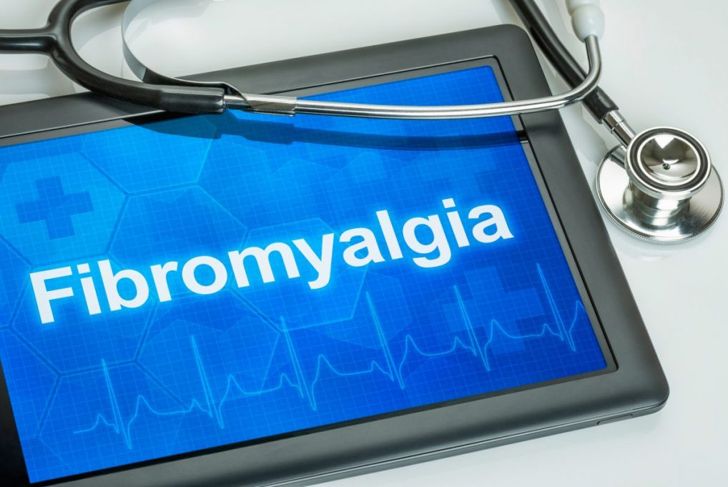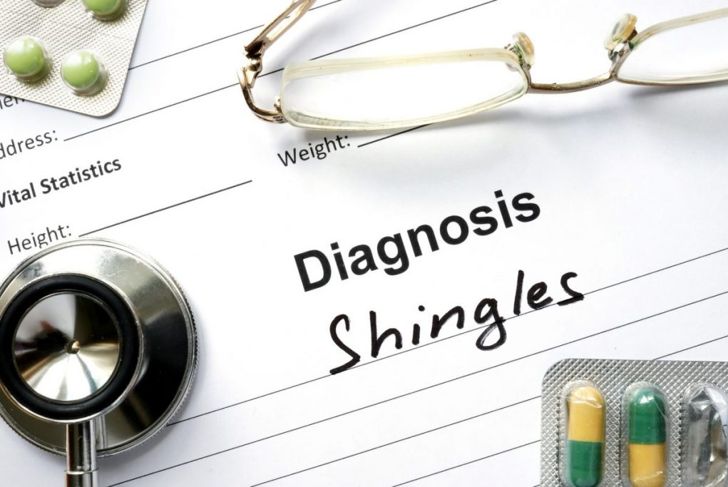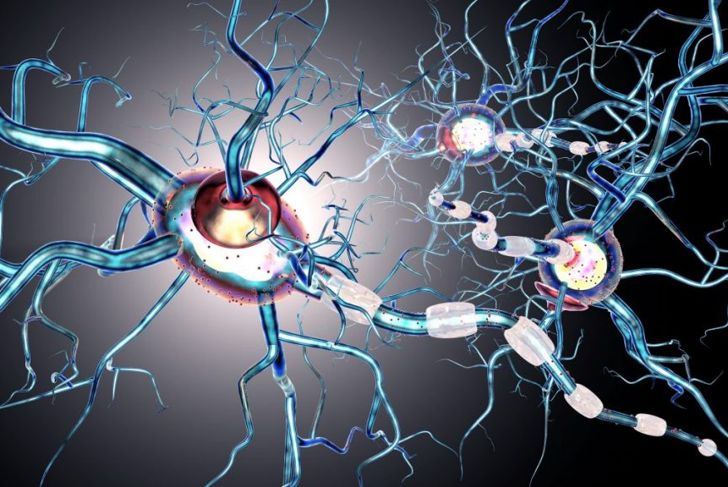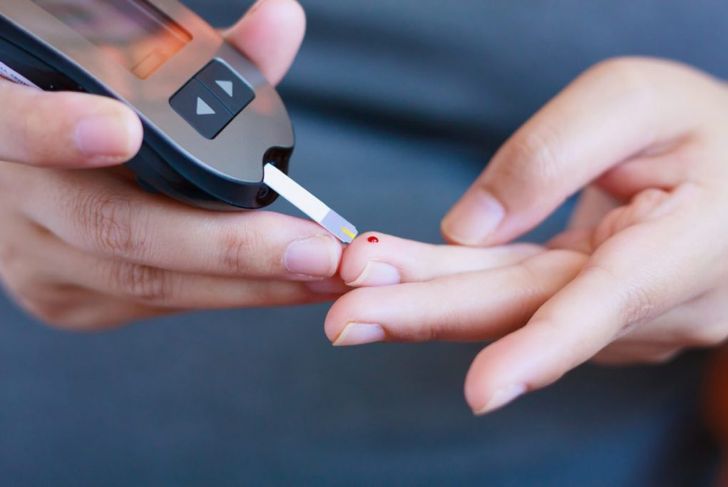Allodynia refers to central pain stimulation usually following a non-painful stimulus. There are many types of allodynia, including mechanical (static or dynamic; pain in response to being touched), thermal allodynia (pain from ordinarily mild temperatures in contact with the affected area), and movement allodynia (pain that is triggered by normal movement of muscles or joints).
Allodynia Symptom: Pain
Pain is the primary symptom of allodynia, caused by stimuli that don’t usually cause pain. A person may find cold or hot temperatures painful. They might also experience soreness from gentle pressure or touch on the skin. Some might even feel pain in response to a brushing sensation or another movement along the hair or skin.
Allodynia Cause: Fibromyalgia
Fibromyalgia causes people to feel joint and muscle pain throughout the body, unrelated to an injury or a condition. It is linked to the way your brain processes pain signals from the body. Certain viruses, trauma, or stress might also trigger fibromyalgia.
Cause: Migraine Headaches
A migraine is a headache that causes intense pain. Chemical activity and changes in the nerve signals in your brain trigger this type of problem. These headaches can also make your nerves so sensitive even the slightest touch can hurt. Not everyone who experiences migraines also experiences allodynia.
Cause: Postherpetic Neuralgia
Postherpetic neuralgia is the most common complication of shingles, a disease caused by the varicella-zoster virus, which also causes chickenpox. Due to shingles or chickenpox, your nerves can become damaged and you can develop postherpetic neuralgia. A potential symptom of this is heightened sensitivity to touch.
Cause: Peripheral Neuropathy
Peripheral neuropathy occurs when the nerves that connect the body to the spinal cord and brain become destroyed or damaged. The condition often causes weakness, pain, and numbness, usually in the hands and feet, but it can affect other areas of the body, as well. People with peripheral neuropathy generally describe the pain as burning, tingling, or stabbing.
Cause: Diabetes
Over time, diabetes can cause damage to nerves, increasing the chance of developing allodynia. Nerve growth factor, or NGF, is essential to the nervous system, and some experts have suggested diabetes can lower your NGF levels, resulting in diabetic nerve damage.
Allodynia Treatment: Medication
Depending on the cause, your doctor may prescribe a medication to help ease the pain of allodynia. He or she may suggest something a topical cream or ointment containing prescription painkillers. Some over-the-counter, non-steroidal medications may help as well. If you plan to take something over-the-counter, it is best to discuss it with your doctor first.
Treatment: The Underlying Cause
If your doctor is aware of from where your allodynia stems, he or she may be able to treat the underlying cause. For example, if migraines are to blame, your medical provider may prescribe a medication or suggest an exercise that could relieve or prevent them.
Treatment: Lifestyle Changes
Light exercise, a more healthful diet, and getting enough sleep may help alleviate the pain and discomfort of allodynia. Quitting smoking may also help. Although these changes will not cure allodynia, they can help enhance overall health and allow individuals cope.
Treatment: Relieving Stress
Some people may find their allodynia pain worsens with increases in stress. Learning stress management techniques may help alleviate symptoms. Speak with your doctor to learn more about your stress-relief options.

 Home
Home Health
Health Diet & Nutrition
Diet & Nutrition Living Well
Living Well More
More




















